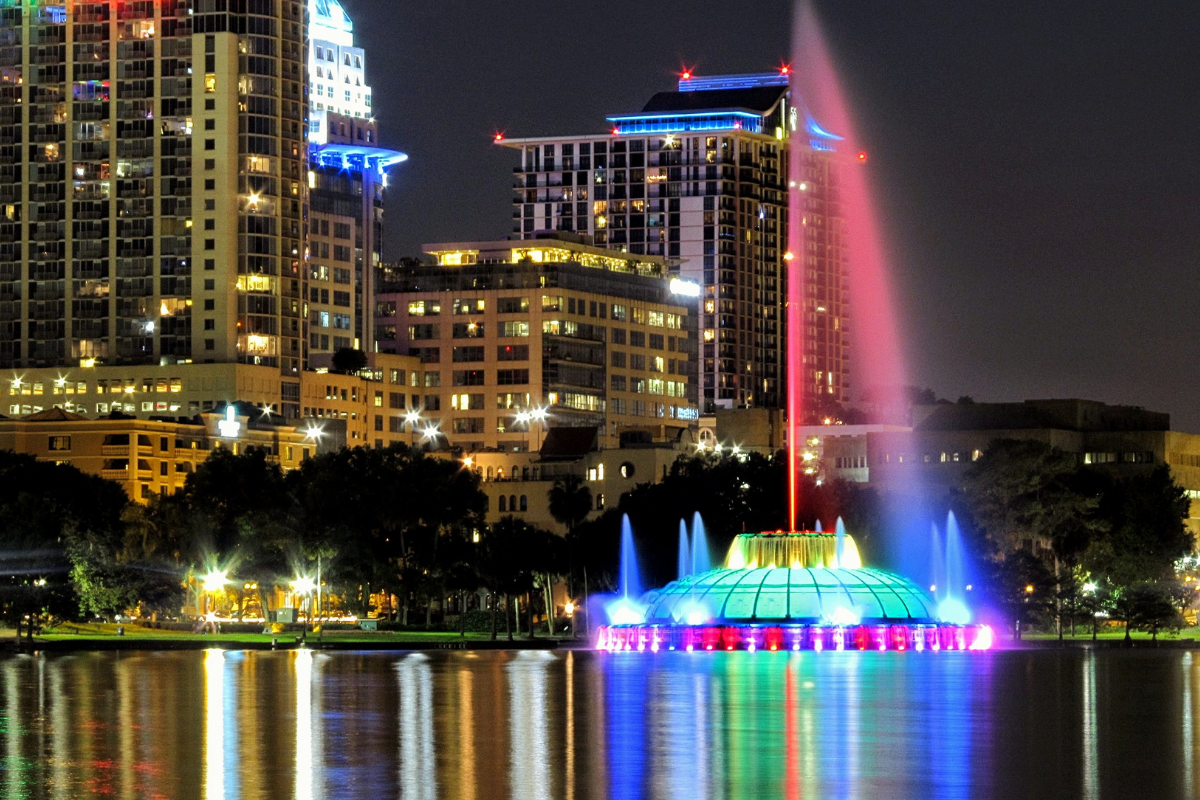Orlando drone show malfunction: A spectacular aerial display transformed into a chaotic spectacle when a series of unforeseen events disrupted the carefully choreographed performance. This incident serves as a stark reminder of the complexities involved in large-scale drone operations, highlighting the potential for technical failures and their cascading consequences. We will delve into the technical aspects, safety implications, public reaction, and lessons learned from this event.
The malfunction, occurring on [Insert Date] at [Insert Time] over [Insert Location], involved [Number] drones manufactured by [Manufacturer]. Initial reports suggest [Brief Description of Initial Malfunction]. This escalated rapidly, resulting in [Description of Escalation and Final Outcome]. The immediate impact was palpable, with [Description of Audience Reaction and Show Disruption].
Orlando Drone Show Malfunction: A Comprehensive Analysis
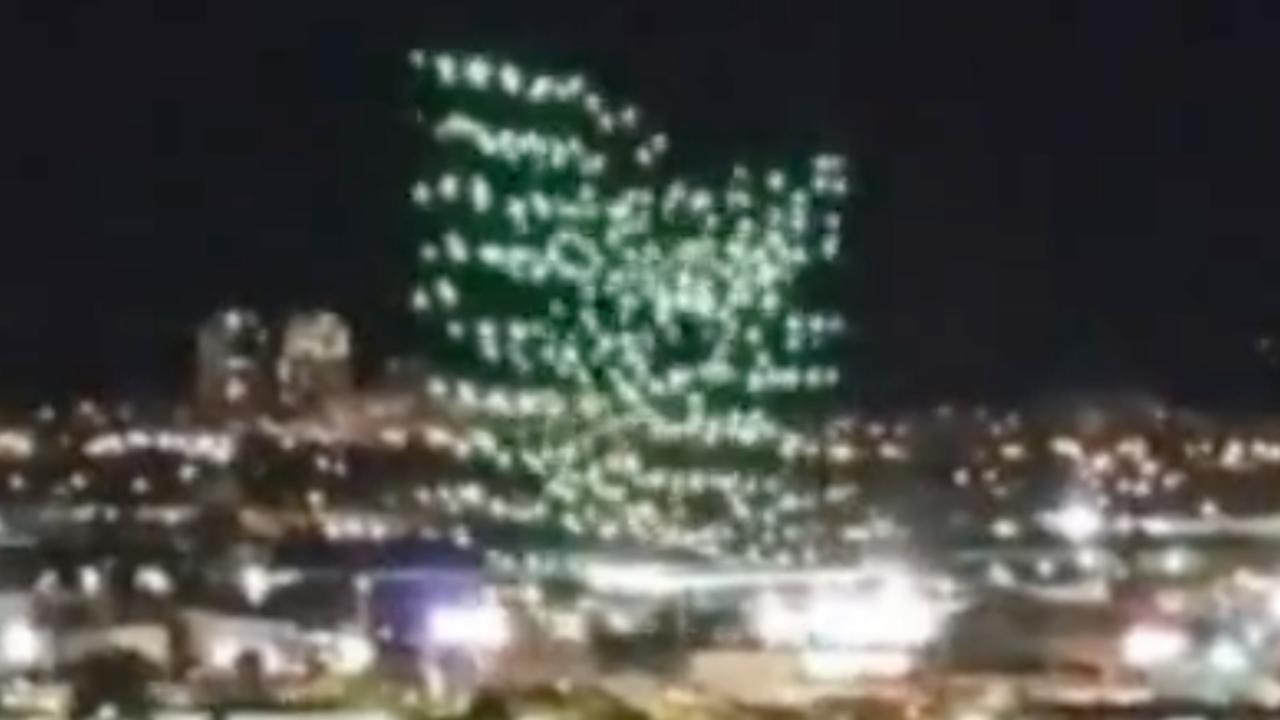
This article provides a detailed analysis of a recent drone show malfunction in Orlando, exploring the technical aspects, safety implications, public perception, and lessons learned. The event highlighted the complexities of large-scale drone displays and the critical need for robust safety protocols and technological advancements.
Event Details and Circumstances, Orlando drone show malfunction
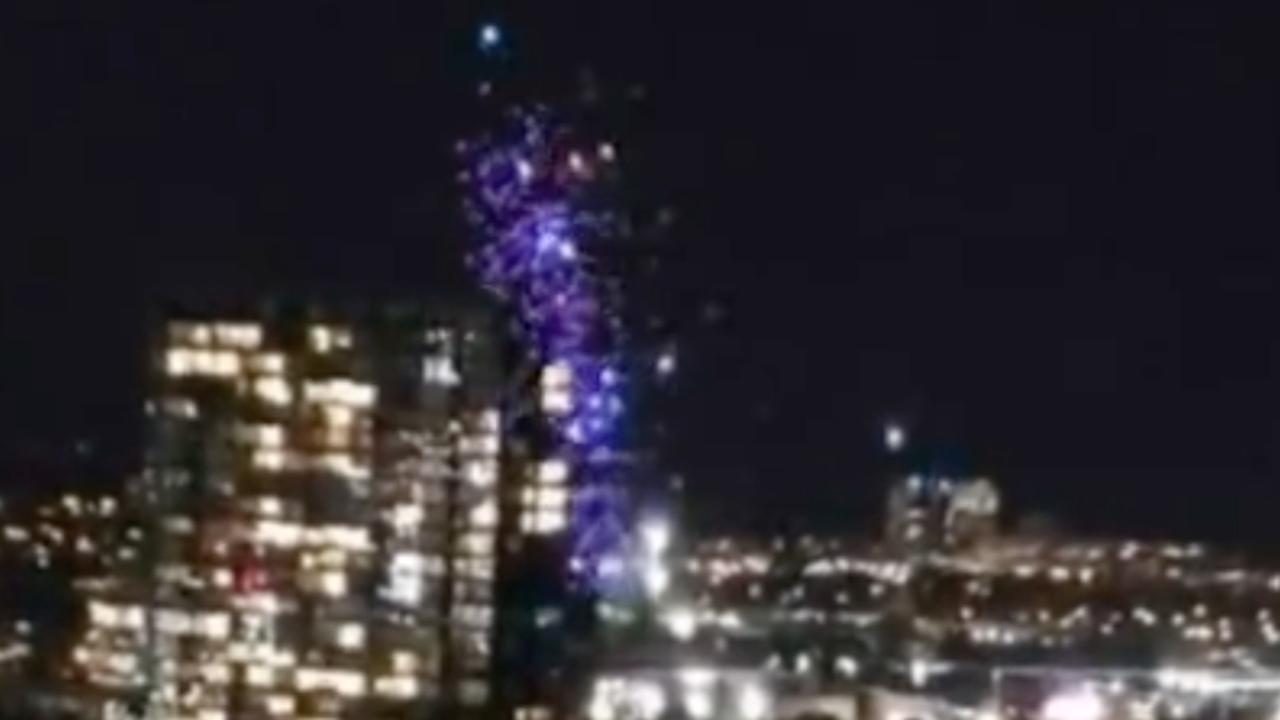
A significant drone show malfunction occurred in Orlando, Florida, on [Insert Date] at approximately [Insert Time]. The location was [Insert Specific Location, e.g., Lake Eola Park]. The show featured approximately [Insert Number] drones, manufactured by [Insert Manufacturer Name], utilizing [Insert Drone Model Name or Type, e.g., Intel Shooting Star drones]. The malfunction began with [Describe Initial Signs, e.g., a few drones deviating from their programmed flight path].
This quickly escalated into [Describe Escalation, e.g., multiple drones exhibiting erratic behavior, colliding with each other, and falling from the sky]. The show was ultimately aborted, leaving the audience disappointed and concerned. The immediate impact was a sudden halt to the performance, leaving many spectators bewildered and potentially frightened by the falling drones. Some minor property damage was reported, with no serious injuries.
Technical Aspects of the Malfunction
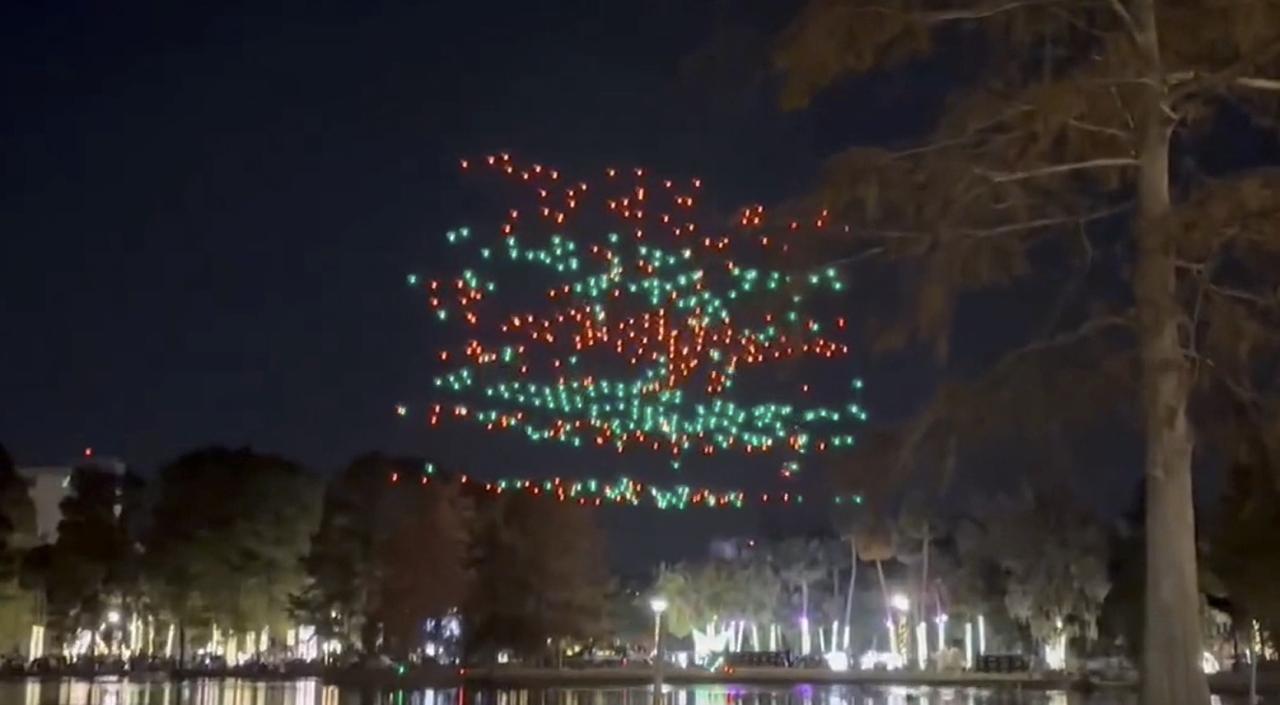
Several potential technical causes contributed to the malfunction. These include software glitches within the drone’s flight control system, potential hardware failures in individual drones or the command-and-control system, communication disruptions between the drones and the ground control station, and possible interference from environmental factors such as strong winds or electromagnetic interference. A likely sequence of events might have been: 1) [Describe Step 1, e.g., A software bug in the flight control system caused one drone to veer off course].
2) [Describe Step 2, e.g., This triggered a cascade effect, disrupting communication with other drones]. 3) [Describe Step 3, e.g., Loss of communication led to individual drones reverting to default settings, causing erratic flight patterns]. 4) [Describe Step 4, e.g., The resulting collisions and loss of control led to the complete show failure]. Comparing these possibilities, software glitches are often the most likely culprits in large-scale drone operations due to the complexity of the programming and potential for unforeseen interactions.
The recent Orlando drone show malfunction highlighted the inherent complexities of these large-scale productions. Considering the potential for technical issues, it’s worth exploring best practices, perhaps by looking at the successful organization and execution of other shows, such as those detailed on the florida drone show website. Understanding how other Florida-based drone shows handle logistics and safety protocols might offer valuable insights into preventing similar malfunctions in Orlando in the future.
A hypothetical troubleshooting guide would include: pre-flight checks of all drones and communication systems, rigorous software testing, redundancy in communication systems, and real-time monitoring of drone performance and environmental conditions.
Safety and Regulatory Implications
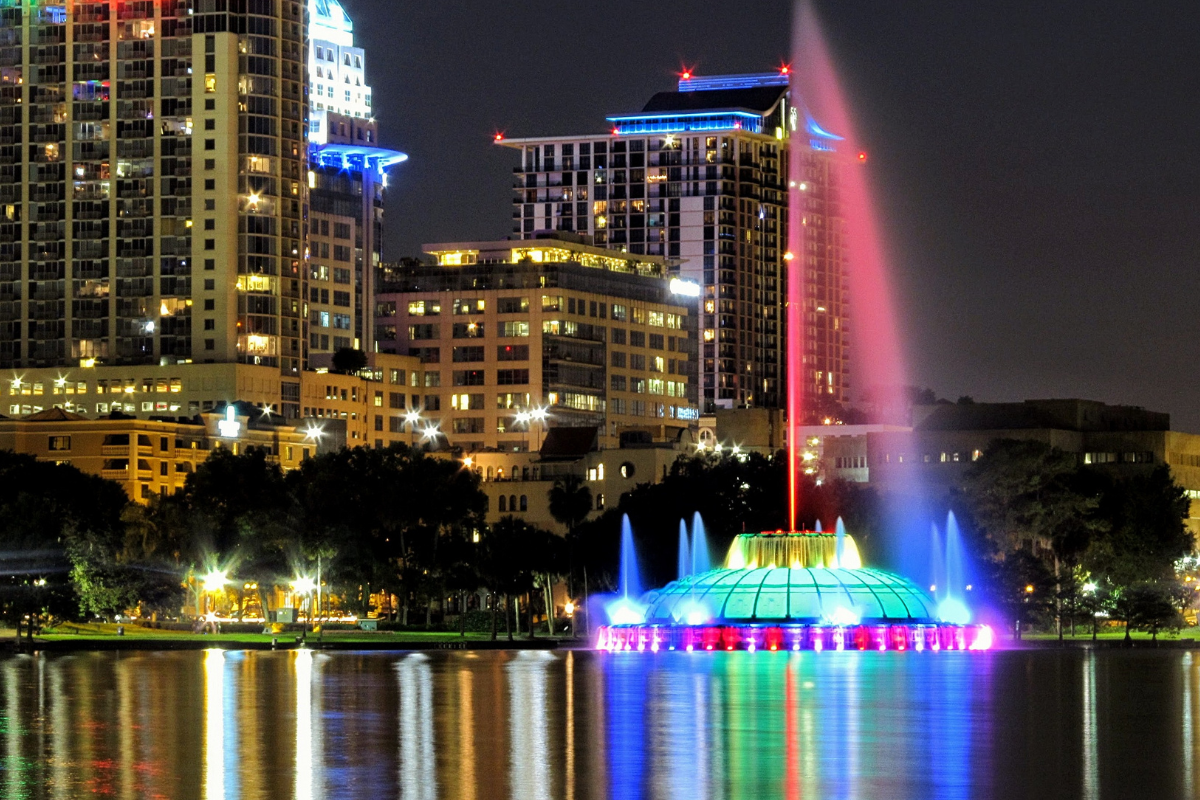
The safety protocols implemented for the show, while likely adhering to existing regulations, were evidently insufficient to prevent the malfunction and mitigate its impact. The malfunction presented potential safety risks, including drone collisions with spectators, property damage, and potential injuries from falling drones. Relevant regulations include FAA regulations for drone operation, including licensing requirements for commercial drone operations and specific guidelines for large-scale drone displays.
The potential legal and regulatory consequences are summarized below:
| Type of Consequence | Severity | Responsible Party | Potential Mitigation |
|---|---|---|---|
| Civil Liability for Property Damage | Moderate to High | Show Organizer, Drone Operator | Comprehensive insurance, thorough safety protocols |
| FAA Fines for Regulatory Violations | Low to Moderate | Drone Operator, Show Organizer | Strict adherence to FAA regulations, thorough pre-flight checks |
| Criminal Charges (if negligence is proven) | High | Drone Operator, Show Organizer | Robust safety protocols, comprehensive risk assessments |
| Reputational Damage | Moderate to High | Show Organizer, Drone Manufacturer | Transparent communication, corrective actions, enhanced safety measures |
Public Perception and Media Coverage
Public reaction to the malfunction was largely one of disappointment and concern, as evidenced by social media posts and news reports. Media coverage ranged from sensationalized accounts highlighting the chaos and malfunction to more balanced reports analyzing the technical aspects and safety implications. Some media outlets focused on the potential dangers of large-scale drone shows, while others emphasized the rapid advancements in drone technology and the need for improved safety measures.
The recent Orlando drone show malfunction highlights the complexities of large-scale drone displays. Ensuring flawless synchronization is crucial, and companies like those offering innovative solutions, such as sky elements drones , are constantly working to improve technology and reliability. Ultimately, the Orlando incident underscores the need for continued advancements to prevent similar malfunctions in future drone shows.
The overall impact on public trust in drone technology and large-scale drone displays was a temporary dip in confidence, but it also served as a catalyst for discussions on enhancing safety protocols and technological reliability.
Lessons Learned and Future Improvements
The malfunction underscored the need for robust redundancy in drone control systems, thorough pre-flight checks, and real-time monitoring capabilities. Recommendations for future improvements include implementing fail-safe mechanisms, enhanced communication protocols, and advanced obstacle avoidance systems. These improvements can be implemented by utilizing redundant control systems, employing more sophisticated flight planning software, and incorporating real-time environmental data into the flight control algorithms.
Best practices from other locations involve rigorous testing, redundancy in all systems, and thorough risk assessment. Adopting a layered approach to safety, incorporating multiple redundancies at different levels of the system, is crucial for preventing future malfunctions.
The Orlando drone show malfunction underscores the critical need for robust safety protocols, rigorous testing, and proactive risk management in the burgeoning field of drone technology. While the immediate impact was a disrupted show and some audience disappointment, the long-term consequences could influence regulations, technological advancements, and public perception of large-scale drone displays. A thorough investigation and implementation of the lessons learned are crucial to prevent similar incidents in the future, ensuring the safe and successful execution of drone shows worldwide.
Reports of an Orlando drone show malfunction surfaced recently, causing some audience disappointment. Thankfully, such incidents are rare considering the generally impressive displays put on by these shows, such as the spectacular orlando drone show known for its innovative choreography. However, the malfunction highlights the complexities involved in coordinating large-scale drone performances and the need for robust safety protocols.
Questions Often Asked
What type of drones were used in the Orlando drone show?
[Insert Drone Model and Manufacturer]
Were there any injuries reported as a result of the malfunction?
[Answer – Yes/No and details if applicable]
What was the estimated cost of the damage caused by the malfunction?
[Insert Estimated Cost or “Unknown” if not available]
What were the immediate actions taken after the malfunction?
[Describe the immediate response, e.g., show cancellation, emergency services response, etc.]
